UK picking apart Russian army vehicles captured in Ukraine to learn their secrets
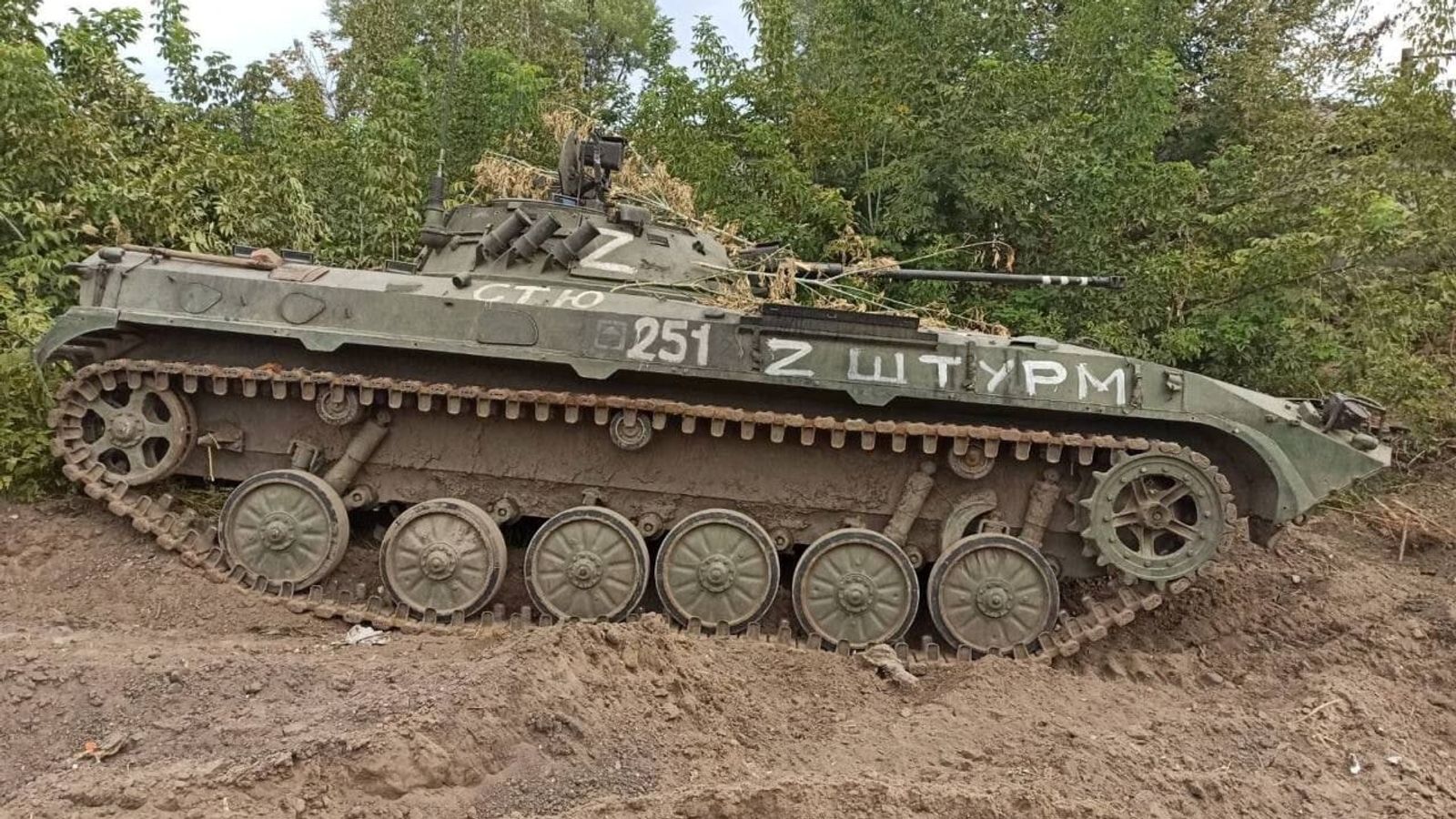
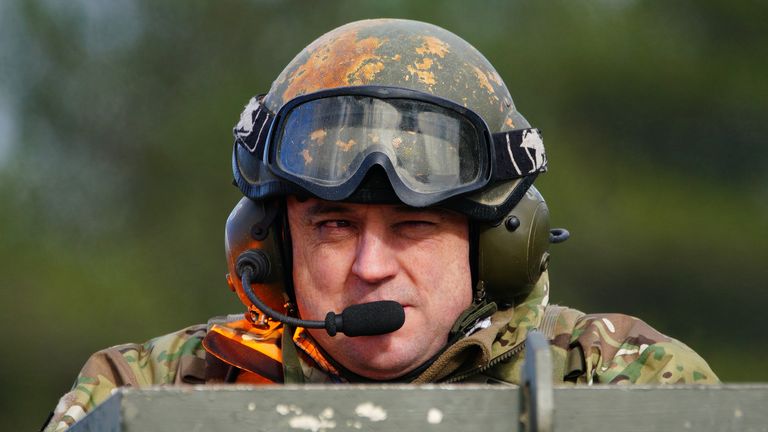
The UK is picking apart Russian armoured vehicles captured in Ukraine to learn more about how to defend against any future attack, Britain’s military chief has revealed.
Admiral Sir Tony Radakin also told Sky News that the war in Ukraine had been a “wake-up call” for his forces, requiring them to be faster and take more risk when arming themselves.
Ukraine war latest: Putin control hit as attack sends ‘shockwaves’ across Russia
Offering his perspective, Ben Wallace, the outgoing defence secretary, described Ukraine as a “battle laboratory” for Ukrainian troops and their western allies as they experiment with new weapons and technology to fight Vladimir Putin’s invaders.
The minister – who announced at the weekend that he would be stepping down from government at the next reshuffle – also defended a controversial decision to stick with a plan to reduce Britain’s army to 73,000 troops despite a land war raging in Eastern Europe.
Mr Wallace signalled to journalists that reversing the move would cost £5bn to ensure the new soldiers were properly armed and housed, adding: “Or am I going to give them pitchforks?”
The defence secretary is set to unveil a refreshed blueprint for the shape and size of the armed forces on Tuesday – drawn up in the wake of Russia’s full-scale invasion of Ukraine.
But the Defence Command Paper 2023 will not include any new money even after mounting concern among some commanders about the need to accelerate plans to rebuild and modernise the army, Royal Navy and Royal Air Force following decades of cuts.
Instead, the document will outline different priorities, such as a focus on greater war-fighting resilience with the reallocation of £2.5bn of the defence budget to replenishing stockpiles of weapons and ammunition.
Advertisement
Admiral Sir Tony Radakin, the chief of the defence staff, said the war in Ukraine was “a wake-up call for us to be faster with our acquisition, to be more bold with the kit that we introduce – particularly when we’re in a technological race – to be more aggressive in terms of how we look after our own nation and to strengthen our resilience”.
Please use Chrome browser for a more accessible video player
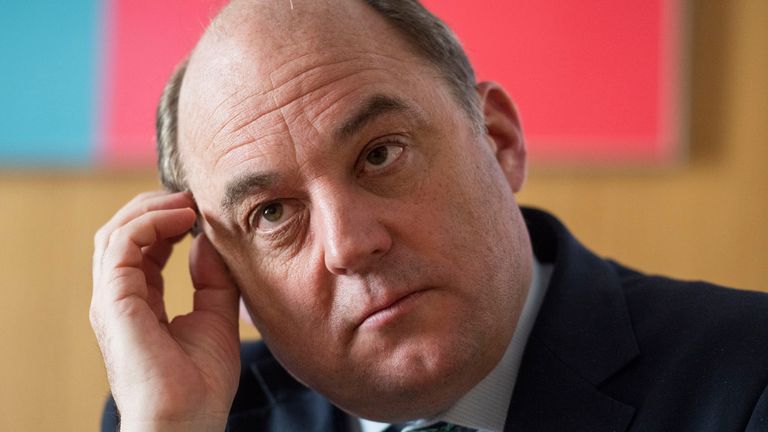
2:27
Defence Minister Ben Wallace says he will stand down at the next election.
Asked about what the UK was learning from examining captured Russian military vehicles from Ukraine, Admiral Radakin said: “It’s really important because we’re in a club of nations that when we get hold of Russian kit or other nations’ kit that might be a danger to us in the future, we share that knowledge.”
He said: “But we also have the scientists that unpick the detail that another nation might have to a really forensic level, and that helps us to understand: how does their equipment work? How can we defeat it? How can we have even better armour? How can we disrupt their communications? How can we ensure that we can penetrate their defences?
“And that’s what we do.”
The defence chief and Mr Wallace were speaking at Wellington Barracks in London at an event to discuss the command paper.
Read more:
Why Ben Wallace’s days were numbered – analysis
Ukraine-Russia war latest: Wagner troops cross border to Belarus, says Kyiv
Both men were stood outside near to a large, beige-coloured military vehicle, fitted with a launchpad for anti-tank missiles that previously had only been fired from aircraft.
The “WOLFRAM” is an example of British innovation at speed prompted by the war in Ukraine.
Please use Chrome browser for a more accessible video player
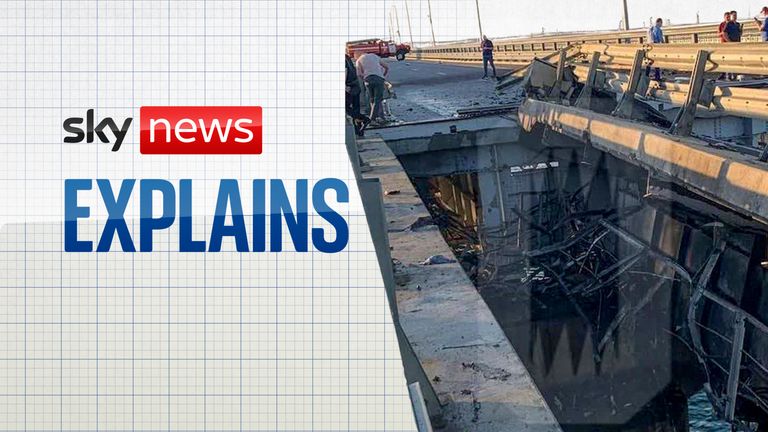
2:28
Sky’s Diana Magnay explains what we know so far about the Crimean bridge explosion.
In the early days after Russia’s full-scale invasion last year, British industry specialists and defence scientists wondered whether they could adapt the Brimstone anti-tank missile – typically launched from fast jets and drones – to be fired off the back of a pickup truck – plentiful in Ukraine.
Over the course of a single weekend, with the help of a Toyota vehicle, a generator from B&Q, a borrowed laptop and some clever computer codes, they had come up with a concept. Within a matter of a few weeks, the missile was on the battlefield in Ukraine.
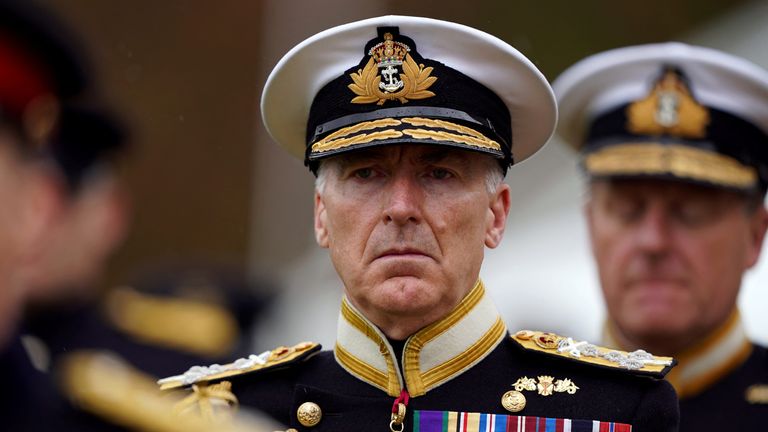
Mr Wallace said Ukraine’s “thirst to survive” meant Kyiv has scrapped peacetime rules and regulations to trial new weapons and modifications offered by its allies. This innovation was also benefitting Ukraine’s allies.
“They’ve had to take risk and experiment on things they might not know work or not, and they have become a battle lab for their own forces, and that showed us the way,” the defence secretary said.
“I regret the circumstances that it had to happen, but it has shown the way about how things have to be done in the 21st century in a new battlefield.”
